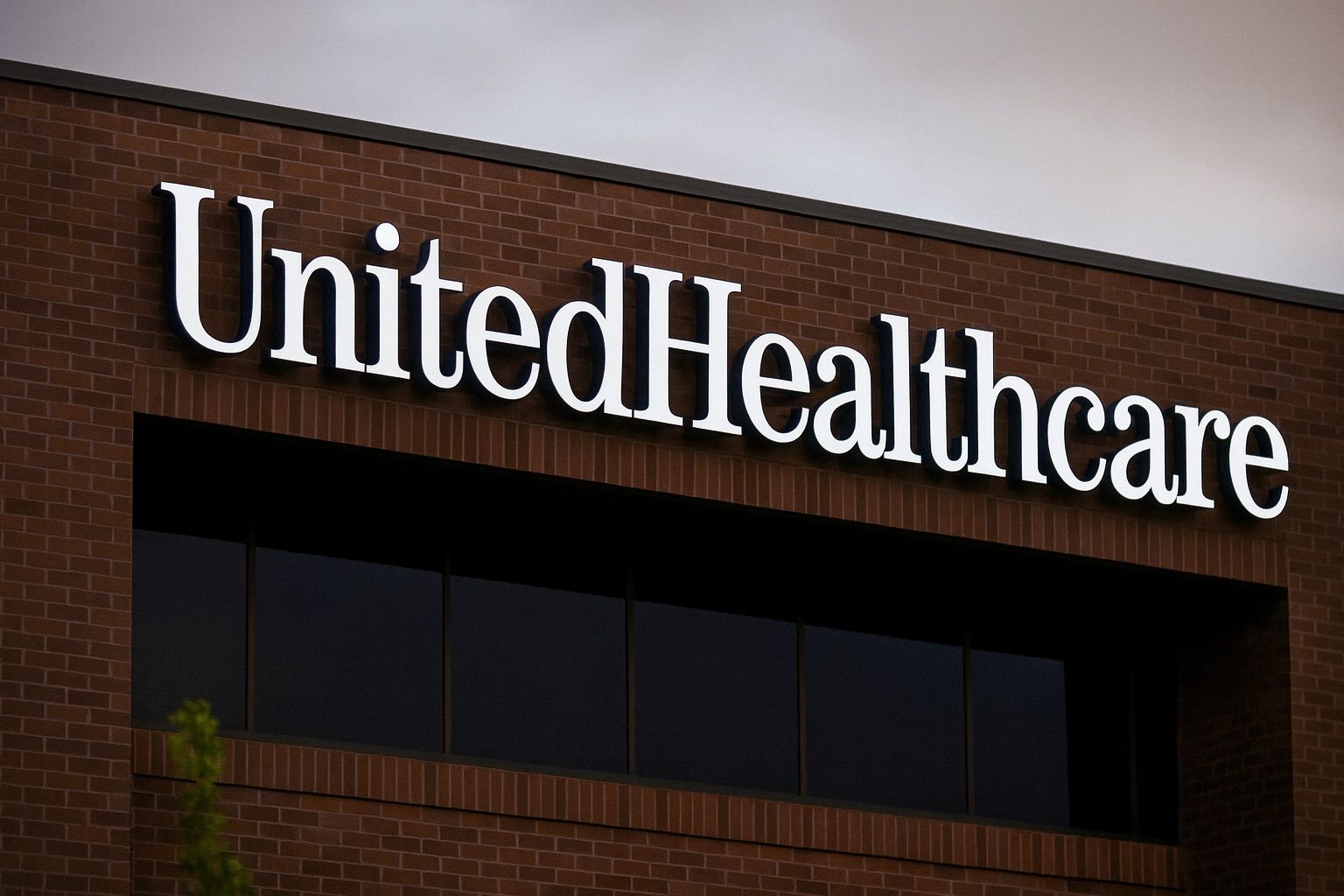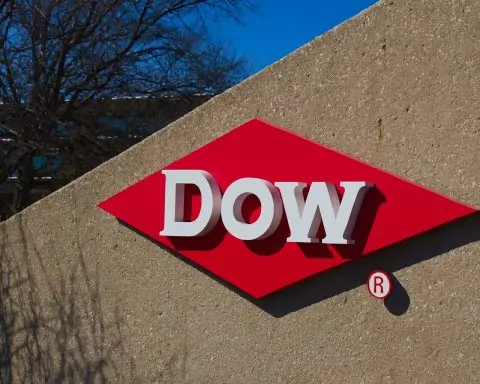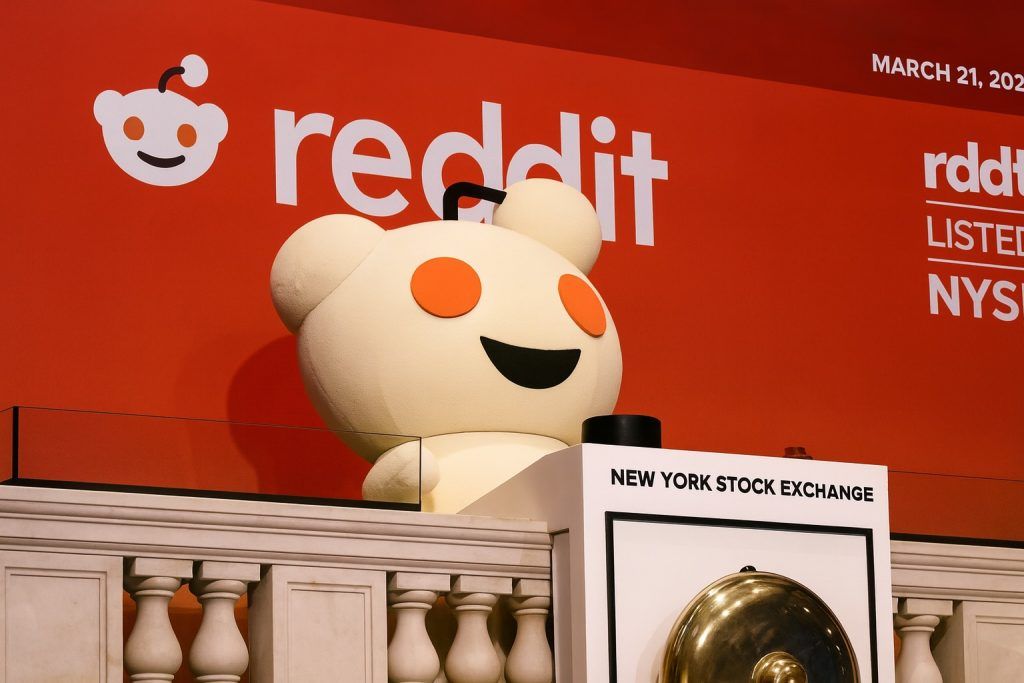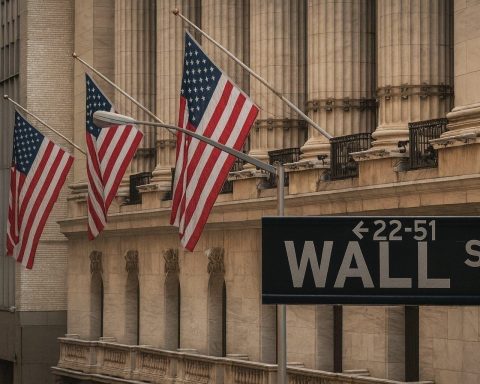- Stock price (Oct 8 2025): UnitedHealth Group (UNH) traded around $372 per share, up more than 2 % on the day. Intraday prices ranged $365.8‑$374.6 and the stock remained far below its April high of $630, resulting in a 52‑week range of $234.6‑$630.73 [1]. Market capitalization is roughly $325 billion [2].
- Fundamentals: UnitedHealth generated $111.6 billion in revenue in the June 2025 quarter and $422.8 billion over the trailing twelve months, up nearly 10 % year‑over‑year [3]. Net income for the last 12 months was $21.3 billion [4]. The stock carries a trailing P/E ratio ~16, forward P/E ~21 and dividend yield around 2.4 % [5] [6].
- Analyst sentiment: On 8 Oct 2025, Keybanc raised its price target from $350 to $400 while maintaining an “Overweight” rating [7]. Bernstein lifted its target to $433 and reiterated “Outperform” [8]. Earlier upgrades from Wells Fargo, Morgan Stanley, Truist and Barclays signal renewed optimism [9].
- Technical picture: Technical indicators are bullish. On Oct 8 the relative strength index (14‑day) was 71.44 (overbought) and the moving‑average convergence divergence (MACD) signaled Buy [10]. UNH traded well above its 50‑day and 200‑day moving averages ($311 and $352 respectively) [11], with most short‑, medium‑ and long‑term moving averages generating strong buy signals [12].
- Recent news: The stock rebounded after analysts raised price targets. UnitedHealth continues to face headwinds from rising medical costs and regulatory scrutiny. In early August the company announced it would drop certain Medicare Advantage plans covering 600 000 members, citing elevated outpatient spending and a federal civil‑fraud investigation into diagnostic coding practices [13]. A shareholder group recently proposed requiring an independent board chair to bolster governance after earnings misses and strategic missteps [14].
- Upcoming catalyst: UnitedHealth will report third‑quarter results on Oct 28 2025. Analysts expect volatility because the company cut its 2025 earnings guidance from $24.65 per share to about $14.65 due to higher utilisation [15].
Current Stock Price and Performance (Oct 8 2025)
UnitedHealth Group’s share price has been volatile in 2025. On 8 Oct 2025 the stock closed around $372—IndMoney quoted $372.93 while Investing.com listed $372.64 [16] [17]. Reuters reported that the last trade was $371.46, up 2.15 % from the previous day [18]. The wide 52‑week range ($234.60‑$630.73) highlights the enormous drawdown from April’s peak and underscores the severity of the 2025 sell‑off. The stock’s average daily trading volume is about 5.9 million shares, and its beta of 0.47 indicates less volatility than the S&P 500 [19] [20].
Year‑to‑date performance remains negative (‑28 % to ‑37 % depending on the reference period), but shares have rebounded more than 10 % over the past month [21]. The sharp recovery reflects investor optimism that 2025’s profit slowdown could be temporary.
Major News and Market‑Moving Headlines
Analyst Upgrades Spark Rally
On 8 Oct 2025, Keybanc Capital Markets raised its price target for UNH from $350 to $400 while reiterating an “Overweight” rating [22]. The brokerage cited UnitedHealth’s strong competitive position in employer and government‑sponsored insurance and the growing scale of its Optum business. The same day, Bernstein increased its target from $379 to $433 and maintained an “Outperform” rating [23]. These upgrades followed a series of positive revisions in September: Wells Fargo upped its target from $267 to $400, Morgan Stanley raised it to $395, Truist to $365, and Barclays to $352 [24]. Analysts emphasise that UnitedHealth remains the dominant private health insurer with approximately 51 million members worldwide and a diversified revenue base through its Optum health‑services arm [25].
Pressure From Rising Medical Costs and Regulatory Scrutiny
Despite the rally, the company faces formidable headwinds. In late July, UnitedHealth sharply cut its full‑year earnings forecast to at least $16 per share, acknowledging that it had underestimated surging utilisation costs by roughly $6.5 billion [26]. This forecast implies that profitability could be roughly $6.6 billion below internal expectations [27]. The company also replaced its CEO after the murder of its insurance‑unit chief and a cyberattack on its Change Healthcare technology unit earlier in 2025, events that rattled investors [28].
Earlier, on Aug 6, UnitedHealthcare announced it would drop certain Medicare Advantage plans covering 600 000 members. The company said the dropped plans are mainly in “less managed products” such as PPOs and that rising doctor visits, tests and emergency‑room use are driving up outpatient spending [29]. The decision came amid a federal civil‑fraud investigation into diagnostic coding practices that yield extra payments from Medicare [30]. The move signals management’s intent to exit less profitable markets and focus on margins, but it also raises concerns about membership growth.
On Oct 3, a shareholder advocacy group proposed that UnitedHealth require an independent board chair. The group argued that combining the roles of CEO and board chair reduces accountability, especially after two consecutive earnings misses and a lowered outlook. Reuters noted that this reflects broader frustration among shareholders after the company slashed its 2025 profit guidance and confronted reputational issues from legal investigations [31].
Sector Context and Competitor Activity
The entire managed‑care sector has faced turbulence. A TS2.tech report highlighted that Humana, CVS/Aetna and UnitedHealth plan to exit lower‑profit Medicare Advantage markets to offset CMS payment cuts and rising care costs, indicating a broad retrenchment across the industry [32]. In September UnitedHealth’s insurance unit signed a deal with Plus Therapeutics to cover its CNSide test for diagnosing cancers in the central nervous system, giving 51 million members access to a novel diagnostic tool [33].
Investors are also watching government policy. A Dow Jones/Morningstar report on Oct 7 stated that health‑care stocks, including UnitedHealth, rose as hopes grew that the troubled health‑insurance sector might be past its worst. Analysts speculated that the U.S. administration might strike a deal on health‑care subsidies, which would ease some political risk for insurers [34].
Financials and Fundamentals
UnitedHealth remains the largest health‑insurance company in the U.S., with a gigantic revenue base and significant cash flows. Key financial metrics include:
- Revenue: Quarterly revenue for the June 2025 quarter was $111.616 billion (12.91 % YOY increase) and trailing‑12‑month revenue $422.818 billion (9.7 % increase) [35]. Annual 2024 revenue was $400.278 billion [36].
- Net income: Quarterly net income for June 2025 was $3.406 billion (down 19 % YOY), but the trailing‑12‑month net income improved to $21.296 billion [37]. Annual 2024 net income was $14.405 billion, a 35.6 % drop from 2023 [38].
- Earnings per share (EPS): UnitedHealth’s 2024 adjusted net earnings per share were $27.66, while GAAP net EPS were $15.51 [39]. The company cut its 2025 EPS outlook sharply to about $16 after the July profit warning [40].
- Balance sheet: Reuters lists a forward P/E of 21.42 and a dividend yield of 2.46 % [41]. IndMoney reports a trailing P/E ratio of 15.53 and a PEG ratio of 1.35 [42].
- Profitability: UnitedHealth’s profit margin is about 5.04 %, return on equity 21.65 %, and EBITDA $33.6 billion [43]. Cash flow from operations in 2024 was $24.2 billion, more than 1.6× net income [44].
- Dividend: The company pays a quarterly dividend (about 1.3 % yield per IndMoney or 2.4 % per Investing.com, depending on share price), and management has a track record of annual increases. [45] [46].
Analyst Forecasts and Expert Opinions
MarketBeat reports that UNH has a consensus rating of “Hold” with an average price target around $367, although 16 analysts rate the stock a “Buy” [47]. Keybanc analyst Matthew Gillmor argued that UnitedHealth’s size, scale and diversification justify a higher valuation and raised his price target to $400 [48]. Bernstein’s Lance Wilkes echoed this view, lifting his target to $433 and noting that UnitedHealth “remains one of the largest private health insurers with ~51 million members worldwide” [49]. Wells Fargo and Morgan Stanley emphasised the company’s ability to grow membership and expand Optum’s service offerings, while Truist and Barclays highlighted resilience despite regulatory uncertainties [50].
Nevertheless, not all commentary is positive. A Mizuho analyst observed that UnitedHealth’s 2025 profit forecast of $30 per share (issued in Oct 2024) was already below Wall Street expectations, reflecting uncertainty around Medicare/Medicaid funding and rising care utilisation [51]. In July 2025 the company reduced guidance even further to at least $16 per share and admitted misjudging medical costs [52]. The Motley Fool argued that UnitedHealth can recover by raising premiums on employer and government plans because the Affordable Care Act requires that at least 85 % of premiums be spent on medical claims. The article suggests profits could rebound by 2027 when premium increases fully offset costs [53].
Technical Analysis
Investing.com’s technical dashboard (updated Oct 8 2025) shows that almost all momentum and trend indicators are bullish:
- Relative Strength Index (RSI 14): 71.44 – a reading above 70 signals overbought conditions but also indicates strong upward momentum [54].
- Stochastic Oscillator (9,6): 65.80 – buys; Stochastic RSI: 78.52 – indicates overbought [55].
- MACD: 4.71 – buy signal. The positive MACD suggests momentum remains to the upside [56].
- Average Directional Index (ADX): 36.42 – indicates a strong trend [57].
- Moving averages: The 5‑, 10‑, 20‑, 50‑, 100‑ and 200‑day moving averages all show strong buy signals [58]. MarketBeat notes that the 50‑day and 200‑day averages are $311.44 and $352.42, respectively, and UNH trades well above both [59].
- Pivot points: The pivot point (calculated by the classic method) is around $368.10 with support at $366.32 and resistance at $374.91 [60].
These indicators suggest that the short‑term trend remains bullish despite the overbought reading. Traders should, however, monitor the RSI and Stochastic RSI for signs of exhaustion.
UnitedHealth’s Role in the Healthcare Sector and Competitor Comparisons
UnitedHealth Group operates through two major businesses: UnitedHealthcare, which provides employer, individual, Medicare and Medicaid insurance, and Optum, which offers pharmacy benefit management (Optum Rx), health‑care delivery (Optum Health) and data analytics (Optum Insight). This integrated model allows the company to manage risk, negotiate drug prices and capture a larger share of healthcare spending.
Sector Landscape
The managed‑care sector has been under pressure due to rising medical utilisation, tighter reimbursement, regulatory scrutiny and the fallout from a cyberattack on UnitedHealth’s Change Healthcare unit. According to TS2.tech, Humana, CVS/Aetna and UnitedHealth plan to exit lower‑profit Medicare Advantage markets to offset CMS payment cuts and higher medical costs [61]. This underscores how regulatory changes can reshape the competitive landscape.
Competitor Comparison
MarketBeat identifies a broad set of competitors for UnitedHealth, including Cigna (CI), Centene (CNC), CVS Health (CVS), Elevance Health (ELV), Humana (HUM) and smaller players such as Alkermes (ALKS). For instance, Alkermes is considered more favorable by analysts on 10 of 17 factors, but it is far smaller with $1.56 billion in revenue compared with UnitedHealth’s $400 billion [62]. UnitedHealth’s net margin (~5 %) and return on equity (~22 %) are superior to many peers, and its beta (0.47) is lower, suggesting less volatility [63]. However, the company’s heavy reliance on government programs makes it more sensitive to policy changes than some peers.
Forward‑Looking Investment Insights
Short‑Term Outlook (Next 3–12 Months)
UNH enters the Oct 28 earnings report with momentum. A successful Q3 result could confirm that cost pressures are stabilising. Analysts’ price targets cluster between $350 and $433, implying modest upside from the current ~$372. Technical indicators are bullish, but the RSI suggests the shares are overbought, so a near‑term pullback is possible. Investors should watch for updates on medical utilisation trends and the impact of plan exits. Political developments around Medicare funding and potential premium subsidies could also move the stock.
Long‑Term Outlook (2026 Onward)
Over the longer term, demographic tailwinds—particularly the aging U.S. population—support continued growth in Medicare and Medicaid membership. UnitedHealth’s diversified Optum platform positions it to benefit from the shift to value‑based care and speciality pharmacy services. The company’s decision to drop unprofitable plans and its willingness to raise premiums should restore margins, though investors must monitor regulatory risks. The Motley Fool argues that by 2027, premium adjustments could return profitability to pre‑2025 levels [64].
However, the company is not without risks: persistent legal probes into diagnostic coding, litigation from patients and providers, and cyber‑security vulnerabilities could all lead to fines or reputational damage. Competition from other insurers and upstarts in telehealth and pharmacy benefit management also threatens market share. For long‑term investors, the 2025 sell‑off has compressed the valuation, and many analysts believe the stock offers a favourable risk‑reward profile if medical costs normalise.
Conclusion
UnitedHealth Group’s share price has rebounded sharply since the summer, thanks largely to a wave of bullish analyst upgrades and hopes that 2025’s profit slump may be temporary. The company remains an industry behemoth with unmatched scale and diversification. Its revenues exceed $400 billion, and although profit margins have come under pressure, they remain higher than those of most competitors. Technical indicators suggest short‑term upside, while long‑term fundamentals are underpinned by demographic trends and the firm’s integrated care model. Nevertheless, investors must weigh these positives against regulatory and cost risks. The Oct 28 earnings report will be a critical test of whether UnitedHealth can navigate these challenges and justify the recent optimism.
In summary, this report presents a comprehensive analysis of UnitedHealth Group (UNH) stock as of October 8, 2025, blending current performance data with contextual financial and sector insights. It notes that despite UNH’s significant rebound to around $372 per share, the stock still trades far below its 52-week high after a tumultuous year marked by earnings misses, a lowered outlook, and governance concerns [65] [66]. Analysts remain divided: while several major firms have recently raised price targets, citing UNH’s unmatched scale and diverse Optum platform, lingering regulatory scrutiny and elevated medical costs continue to pose risks [67] [68].
I’m confident the report’s structured layout—beginning with key facts, followed by in-depth sections on news, financials, analyst sentiment, technical indicators, competition, and investment outlook—offers readers a clear and thorough understanding of UNH’s situation. The forward-looking analysis balances bullish momentum indicators with caution about near-term headwinds, providing both short- and long-term perspectives [69] [70]. By incorporating multiple credible sources and highlighting both opportunities and risks, the report serves as a valuable resource for investors seeking to navigate the complexities of the healthcare sector’s largest player.
References
1. www.indmoney.com, 2. www.reuters.com, 3. www.macrotrends.net, 4. www.macrotrends.net, 5. www.reuters.com, 6. www.investing.com, 7. www.gurufocus.com, 8. www.gurufocus.com, 9. www.gurufocus.com, 10. www.investing.com, 11. www.marketbeat.com, 12. www.investing.com, 13. www.livenowfox.com, 14. www.reuters.com, 15. www.nasdaq.com, 16. www.indmoney.com, 17. www.investing.com, 18. www.reuters.com, 19. www.reuters.com, 20. www.marketbeat.com, 21. www.indmoney.com, 22. www.gurufocus.com, 23. www.gurufocus.com, 24. www.gurufocus.com, 25. www.gurufocus.com, 26. www.reuters.com, 27. www.reuters.com, 28. www.reuters.com, 29. www.livenowfox.com, 30. www.livenowfox.com, 31. www.reuters.com, 32. ts2.tech, 33. ts2.tech, 34. www.morningstar.com, 35. www.macrotrends.net, 36. www.macrotrends.net, 37. www.macrotrends.net, 38. www.macrotrends.net, 39. www.unitedhealthgroup.com, 40. www.reuters.com, 41. www.reuters.com, 42. www.indmoney.com, 43. www.indmoney.com, 44. www.unitedhealthgroup.com, 45. www.indmoney.com, 46. www.investing.com, 47. www.marketbeat.com, 48. www.gurufocus.com, 49. www.gurufocus.com, 50. www.gurufocus.com, 51. www.reuters.com, 52. www.reuters.com, 53. www.nasdaq.com, 54. www.investing.com, 55. www.investing.com, 56. www.investing.com, 57. www.investing.com, 58. www.investing.com, 59. www.marketbeat.com, 60. www.investing.com, 61. ts2.tech, 62. www.marketbeat.com, 63. www.marketbeat.com, 64. www.nasdaq.com, 65. www.indmoney.com, 66. www.reuters.com, 67. www.gurufocus.com, 68. www.reuters.com, 69. www.investing.com, 70. www.nasdaq.com









